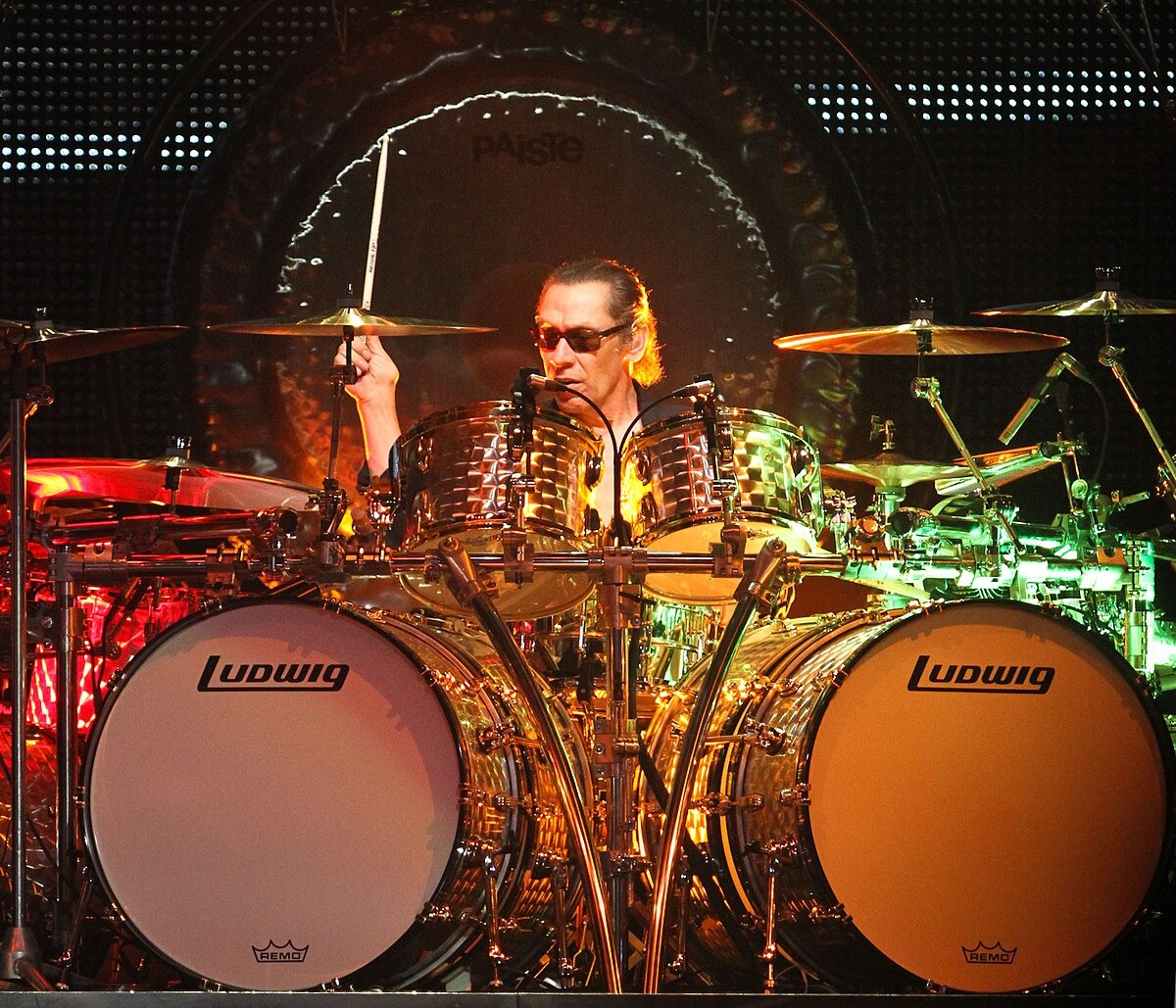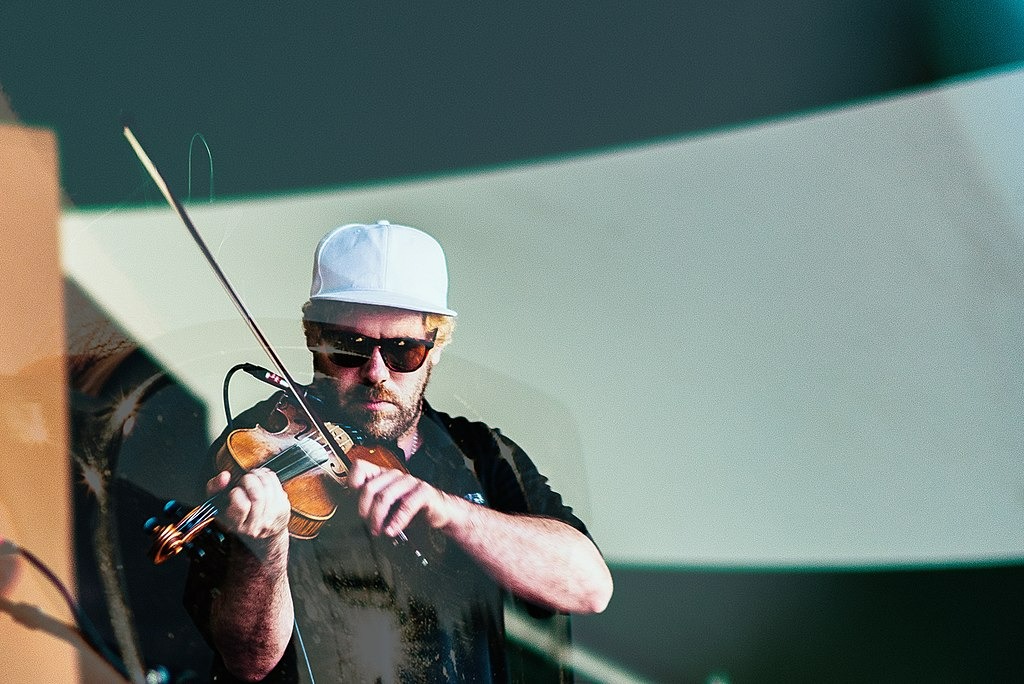
Musical innovation doesn’t wait for permission. While traditionalists debate whether digital belongs in “real” music, a new generation of instruments is already reshaping how sound gets made. These aren’t just gadgets with flashing lights—they’re genuine game-changers that expand what’s possible when human creativity meets cutting-edge technology. From plants that compose ambient symphonies to lightsabers that synthesize, the future of music is happening right now.
This content may contain affiliate links. If you wish to support us and use these links to buy something, we may earn a commission.
9. Trombone Champ

You know that feeling when you try karaoke sober? Trombone Champ ($15) captures that beautiful disaster energy and turns it into pure entertainment gold. The intentionally wonky animations and off-key results create genuine joy around musical experimentation. While it won’t teach proper embouchure, it removes the fear that keeps people from trying new instruments. Musical comedy games might be a niche genre, but this proves that fun matters more than technical perfection.
8. Moog Theremini
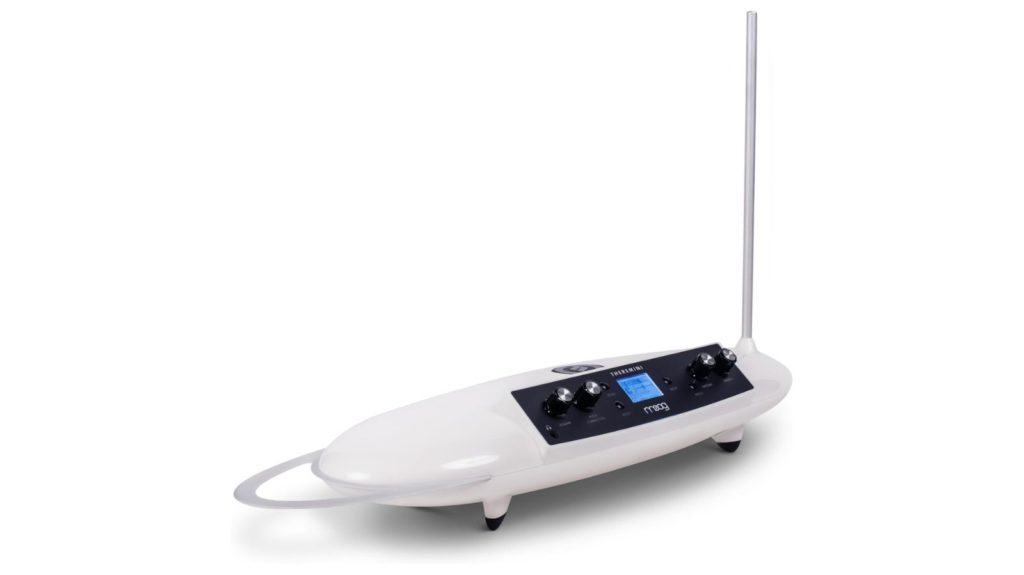
Most theremin demos sound like someone tuning a radio during an earthquake. The Moog Theremini ($399) makes this haunting instrument accessible without requiring years of meditation to hit middle C. You still control pitch and volume through electromagnetic fields around your hands, maintaining that otherworldly performance aesthetic. The built-in presets expand beyond classic theremin tones into experimental territory that would make Delia Derbyshire proud.
7. PlantWave
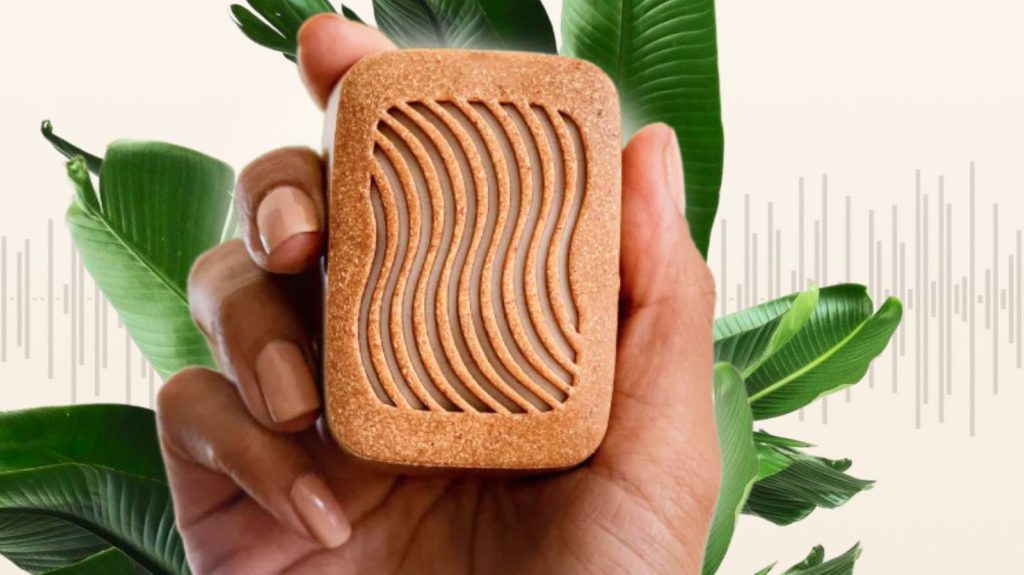
Your houseplants have been secretly judging your music taste this whole time. PlantWave ($324) gives them a voice by translating their bioelectrical whispers into ambient soundscapes that make Brian Eno jealous. Sensors attached to leaves detect microscopic electrical changes that get converted into generative music in real-time. Each plant creates unique sonic signatures based on light, moisture, and mysterious biological rhythms we’re only beginning to understand. The results are unpredictably beautiful—organic compositions that no human programmer could design.
6. Aeroband Pocket Drums

Every steering wheel session was just practice for this moment. The Aeroband Pocket Drums ($100) transform your air drumming embarrassment into legitimate practice time with haptic feedback that feels like hitting something. Foot sensors complete the illusion, kicking your drum and hi-hat control without waking the neighbors. Sure, it won’t replace a full acoustic kit for recording, but for travel practice or cramped living situations, this beats programming beats on a laptop.
5. Artsabers Lightsaber Synth

Finally, a lightsaber that makes actual music instead of just sound effects. This Prophet-inspired synthesizer ($250) responds to motion and grip changes while the color-changing LEDs react to your playing in real-time. The analog modeling engine delivers legitimate synth sounds despite being housed in what looks like a toy. Motion sensors add expressive control that traditional knobs can’t match—tilting changes filter cutoff while spinning modulates the oscillators.
4. Burnslap Ferrofluid Audio Visualizer
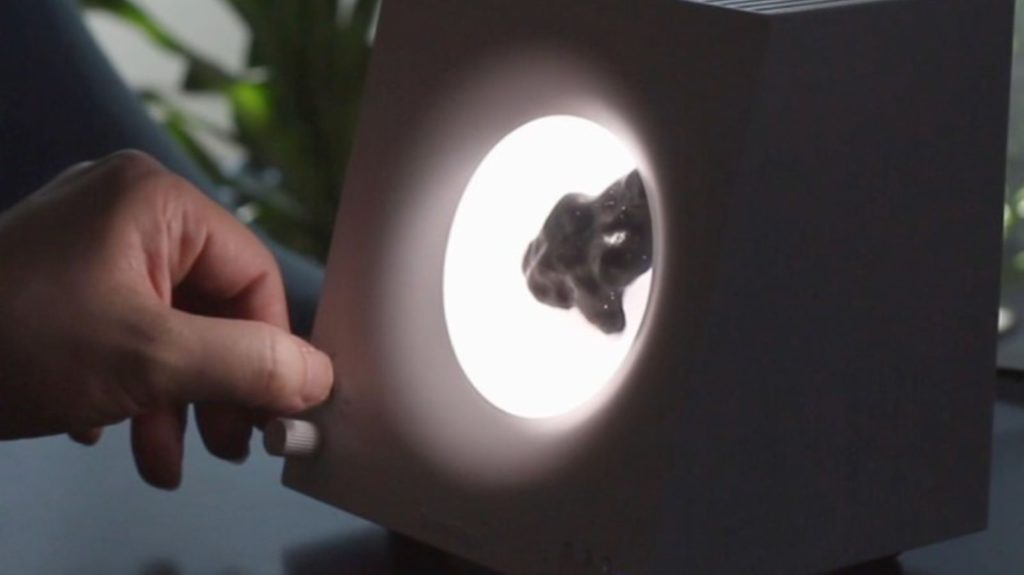
This magnetic liquid sculpture ($200) turns sound waves into kinetic art that looks like something escaped from a sci-fi movie. Audio signals drive electromagnets that pulse the ferrofluid into mesmerizing patterns synchronized with your music. Deep bass spikes the fluid into alien landscapes while high frequencies create delicate dancing swirls. It’s not an instrument you play—it’s music made visible. Perfect for studios, meditation spaces, or anywhere you want sound to have a physical presence.
3. Virtuoso VR Music App
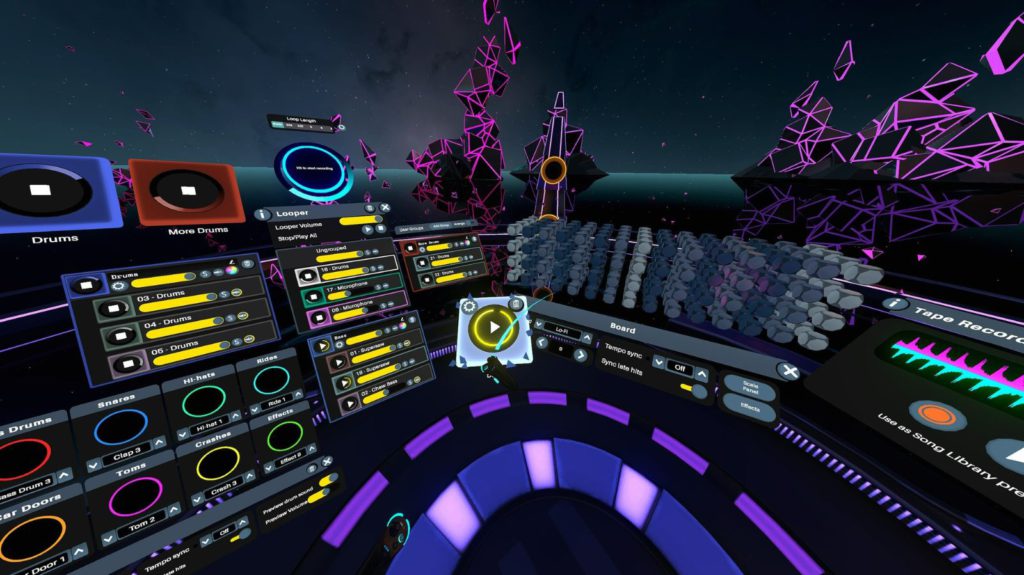
As virtual reality apps like Virtuoso ($25, requires VR headset) reinvent the experience of playing and recording, a host of must-have apps for musicians are revolutionizing how artists learn, compose, and collaborate. This device is a game changer, since it’s enhanced by haptic feedback that simulates the tactile sensation of playing real instruments. The spatial audio environment lets you position virtual musicians around you and walk through your compositions like architectural spaces. Recording and looping happen in three-dimensional space, creating workflows impossible on traditional DAWs.
2. Embodme Erae Touch

Most MIDI controllers treat touch like an on-off switch. The Erae Touch ($999) reads pressure, velocity, and position across its entire fabric surface, creating a playground for MPE that responds to your slightest gesture. Every finger becomes an independent voice with pitch bend, vibrato, and timbral control. The customizable zones let you design layouts that match your musical thinking rather than forcing you into preset patterns. Early adopters are creating performance techniques that didn’t exist six months ago.
1. Akai Professional EWI Solo
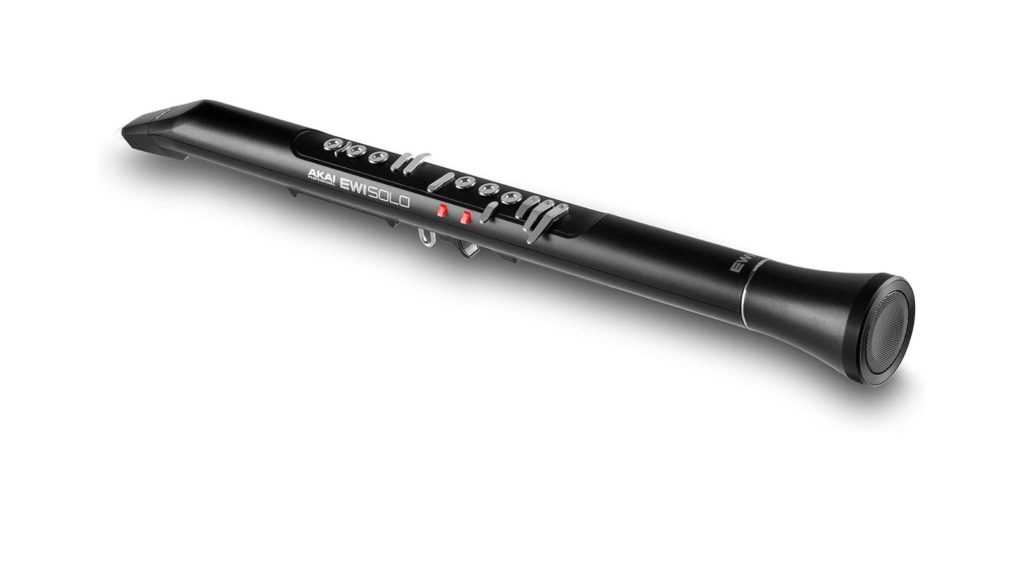
Wind players have been trapped in acoustic amber while everyone else went digital. The Akai Professional EWI Solo ($549) breaks that barrier with 200+ built-in sounds that transform breath control into everything from vintage Moogs to orchestral strings. The breath sensitivity captures every dynamic nuance that makes wind instruments so expressive. Unlike sample-based competitors, the onboard synthesis engine responds to your playing style in real-time. You’re not triggering recordings—you’re performing synthesis.








